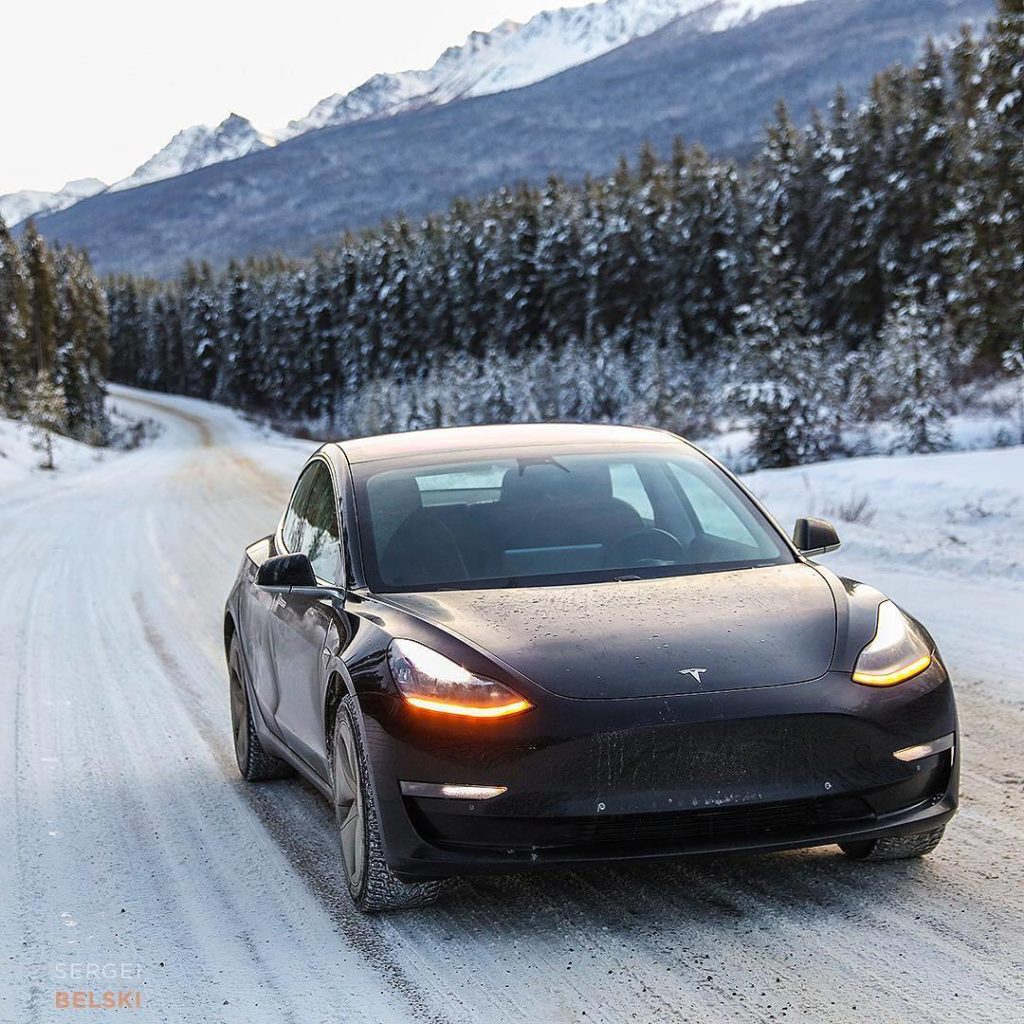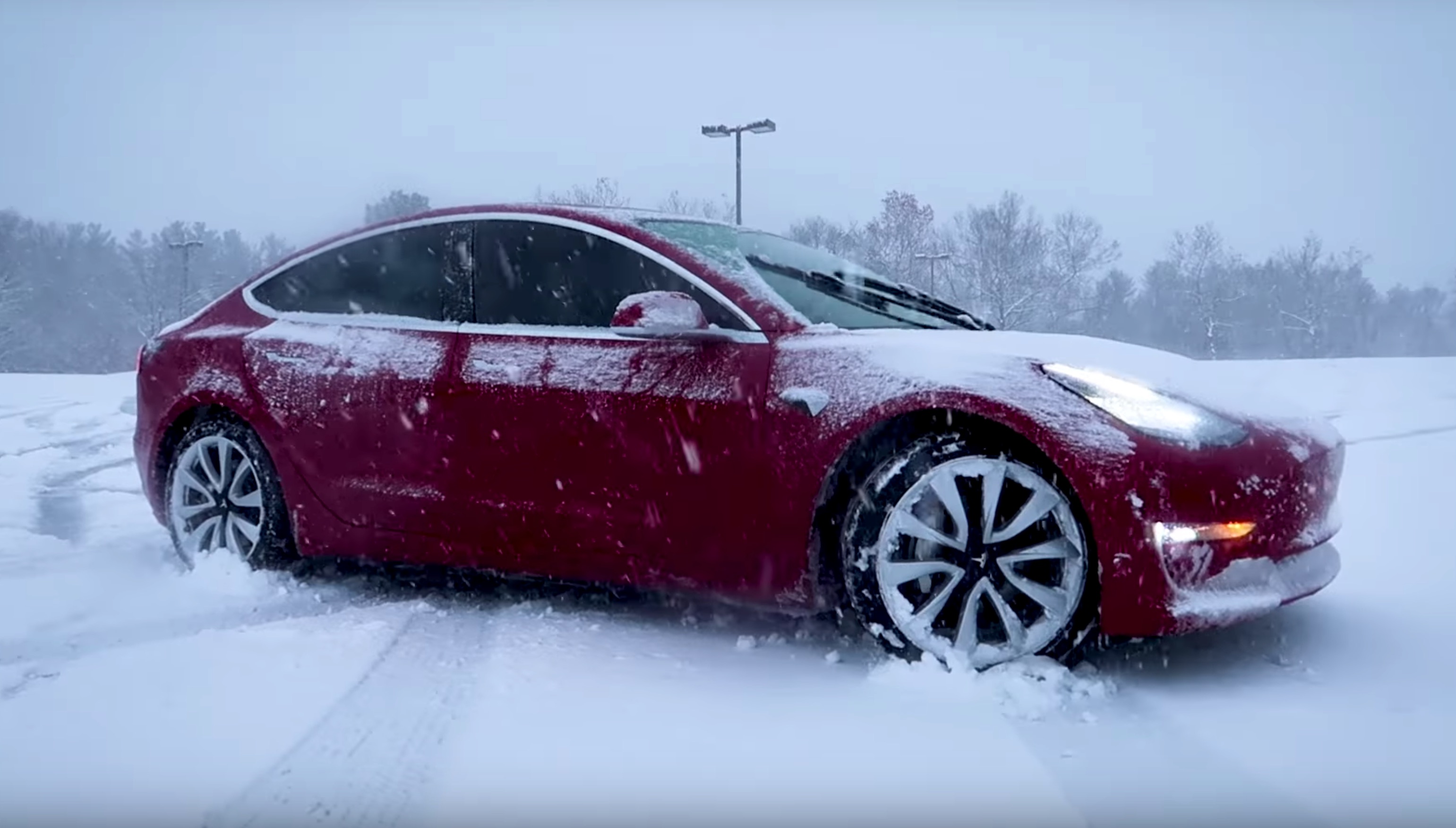How does the Tesla Model 3 handle on snow-covered roads?
The Tesla Model 3, like many electric vehicles (EVs), can perform well in snow-covered conditions, but there are several factors to consider:
1. **Traction Control:** The Model 3 is equipped with traction control systems that can help optimize traction in slippery conditions. Electric vehicles tend to have good torque control, which can be advantageous in low-traction situations.
2. **Weight Distribution:** The weight distribution of the Model 3, with the heavy battery pack located at the bottom of the car, can contribute to stability on snowy roads. The weight distribution helps improve traction and handling.
3. **All-Wheel Drive Option:** The Tesla Model 3 is available in both rear-wheel drive (RWD) and all-wheel drive (AWD) configurations. The AWD option, known as Dual Motor All-Wheel Drive, can provide better stability and traction in snowy conditions compared to the RWD version.
4. **Winter Tires:** Like any vehicle, the type of tires you use can significantly impact winter performance. Winter or snow tires can enhance traction and braking on snow and ice.
5. **Regenerative Braking:** The regenerative braking system in electric vehicles, including the Model 3, can be adjusted to a more conservative setting in snowy conditions to prevent the wheels from locking up during regenerative braking.
6. **Driver Assistance Features:** The Model 3 comes with various driver assistance features, such as traction control, stability control, and anti-lock brakes, which contribute to safer driving in adverse weather conditions.
While the Tesla Model 3 can handle snow-covered roads well, it's essential to exercise caution and adjust your driving habits to accommodate the road conditions. Factors such as tire choice, driving speed, and maintaining a safe following distance become crucial in snowy or icy conditions. Additionally, keeping the vehicle's software and firmware up to date can ensure that you have the latest enhancements and optimizations for winter driving.




Comments
Post a Comment